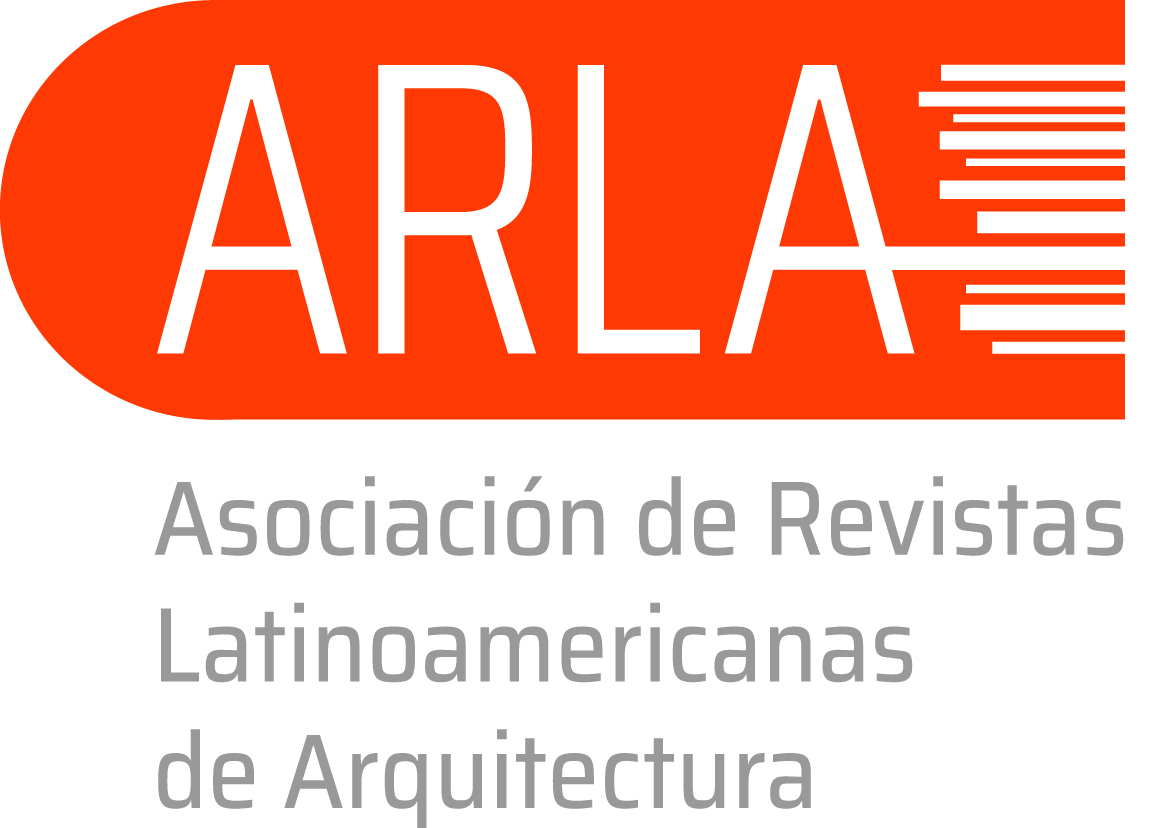Vernacular Architecture in the Modern Era: Integrating Traditional Knowledge for Sustainable Buildings
DOI:
https://doi.org/10.56294/la2026295Keywords:
Vernacular architecture, Modern design, Traditional knowledge, Sustainable buildingsAbstract
Objective: To describe studies related to the influence of vernacular architecture in modern design, showing how the integration of traditional principles, materials and construction techniques contributes to responding to contemporary challenges such as sustainability, energy efficiency and cultural preservation.
Methodology: It consisted of an exhaustive review of scientific literature, carried out between August and September 2024. Databases such as Scielo and Google Scholar were consulted, using keywords related to vernacular architecture and modern design, as well as Boolean operators to optimize the search. From 15 initial articles, 4 relevant articles were selected after eliminating duplicates and papers not aligned with the objective.
Results: In various regions, such as Europe and Central America, vernacular architecture provides solutions adapted to the natural environment through the use of local materials, reducing costs and improving energy efficiency. It also highlights its ability to preserve cultural traditions and promote innovation by combining traditional techniques with modern technologies.
Conclusions: Vernacular architecture is an essential source of inspiration for modern design, favoring sustainability, functionality and a balance between human beings and their environment, as well as consolidating an authentic and culturally significant heritage.
References
1. Pérez. (2024). Asentamientos informales y arquitectura vernácula: viejos y nuevos debates. Ciudades, 27, 229–246. https://doi.org/https://doi.org/10.24197/ciudades.27.2024.229-246
2. Romero. (2023). La arquitectura entre la intuición y la lógica. https://dialnet.unirioja.es/servlet/articulo?codigo=8882286
3. Belagali. (2023). “Sostenibilidad en la Arquitectura Vernácula.” Journal of Scholastic Engineering Science and Management, 2(6), 1–17. https://doi.org/https://doi.org/10.5281/zenodo.8022793
4. Ferrufino. (2022). La arquitectura de Ernesto de Sola en El Salvador: del historicismo a la modernidad. Estoa, 11(21), 21–31. https://doi.org/https://doi.org/10.18537/est.v011.n021.a02
5. Leserri. (2023). ARQUITECTURA VIVIDA. REFLEXIONES ICONO(GRÁFICAS) SOBRE RAMAS VIVAS Y MUROS. https://www.researchgate.net/publication/377845859
6. Lerma, & Mas. (2022). La Cubierta Plana en la Arquitectura Europea. https://riunet.upv.es/handle/10251/180192
7. Barturen. (2022). Influencia de la arquitectura vernácula en el diseño de vivienda sostenible del área rural de distrito de Morrope, 2022. https://hdl.handle.net/20.500.12692/101594
8. Duran. (2022). La arquitectura de la plantación en el Caribe hispánico. AULA Revista de Humanidades y Ciencias Sociales, 69(1). https://repositorio.unphu.edu.do/handle/123456789/4987
Downloads
Published
Issue
Section
License
Copyright (c) 2026 Cristian Yhojan Flores Gutiérrez, Juan Alberto Almirón Cuentas, David Hugo Bernedo-Moreira, Milusca Jaqueline Velarde-Tejada (Author)

This work is licensed under a Creative Commons Attribution 4.0 International License.
The article is distributed under the Creative Commons Attribution 4.0 License. Unless otherwise stated, associated published material is distributed under the same licence.






